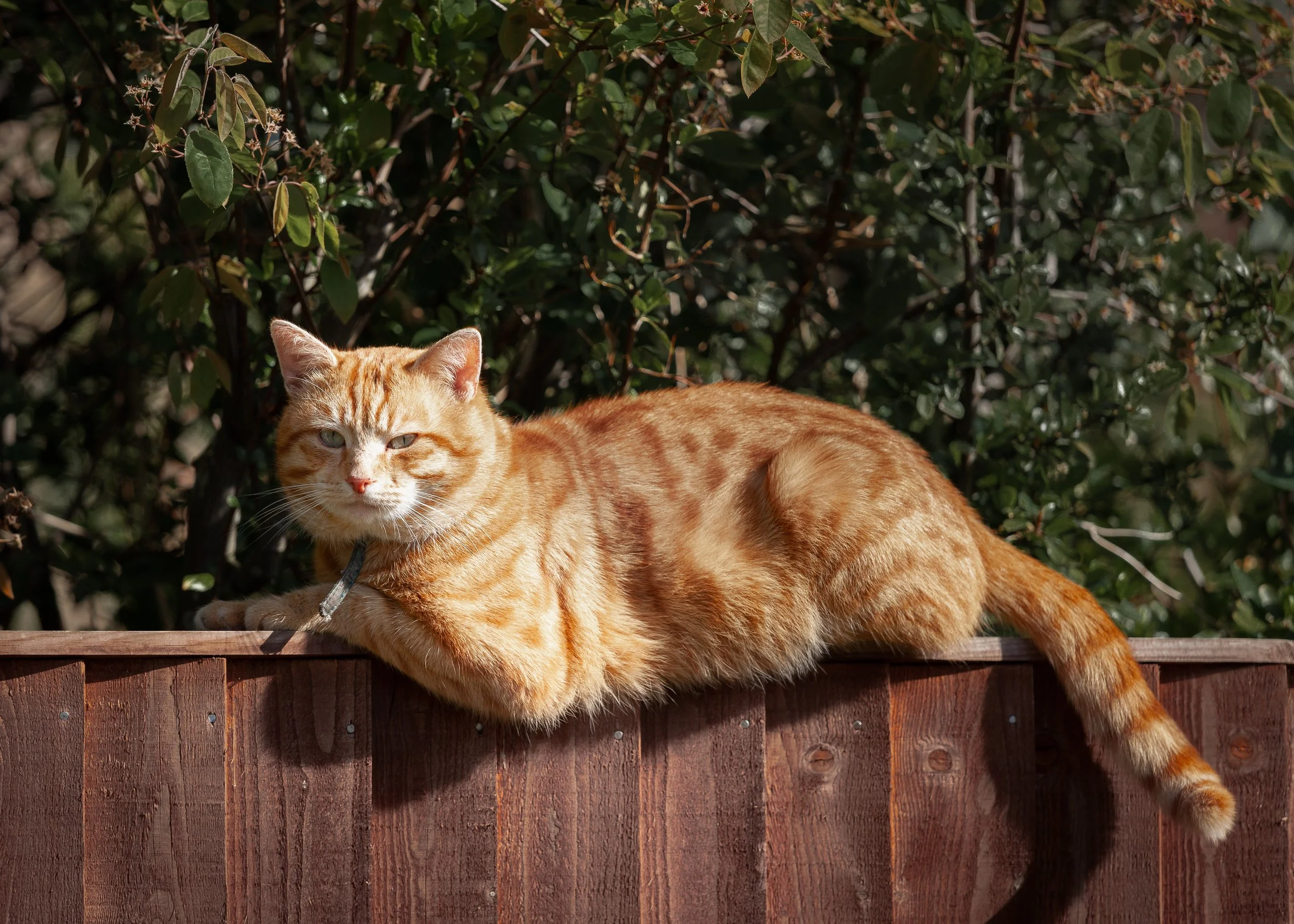Intervertebral disc herniation (IVDH) does occur in cats but is reported at a much lower prevalence than dogs. Is this because the disease is less prevalent or because owners are less likely to pursue advanced diagnostic imaging to obtain a diagnosis? I don't know the answer, however a recently published article reported on 35 cases of feline TL IVDH over 21 years. That sounds like a lot fewer cases than we see for dogs!
Clinical Presentation
Like dogs, the most common presenting complaint is difficulty walking and/or pain. In this study, They found 2 cats had grade I, 20 cats were grade II, 7 cats were grade III, 3 cats were grade IV and 3 cats were grade V on presentation. (Grading scale listed at the bottom). There was no significant difference between outcome at discharge or follow up and initial presenting grade. Does that mean that we shouldn't rush to get cat's seen, imaged, and cut? Probably not. Of the 3 grade V cats (the ones that we would consider a surgical emergency), one improved, one was static and the other was lost to follow-up. What was the timeline for surgery? Unknown. Dogs have a 50% chance of improvement if they are grade V and undergo surgery within 24 hours. This is debated amongst neurosurgeons but as a general rule I subscribe to the plan of cut ASAP whenever possible if deep pain is absent.
Location of the Offending Disc
In the referenced study, thoracolumbar disc herniation was most common at L6-7. This is slightly different from the previous reports in which L7-S1 was reported to be most common, but not far off. I think it is safe to say that cats are more likely to have low lumbar disc herniation than T11-L2 disc herniation, like dogs. Why? Cats are SO MUCH more flexible than most dogs (especially the chondrodystrophic type) that the vertebral dynamics are different as well. Previous reports suggest obesity is more common in cats with IVDH (and in my experience, too) but this cannot be the entire answer. It remains to be seen, why cats are more likely to have a low lumbar disc herniation than TL. When someone knows...I'll tell you!
Key Points:
Intervertebral disc herniation does occur in cats
The most common presenting sign is weakness or lumbar pain
Surgery can be done and SHOULD be done (when appropriate for the patient)
If you have a cat patient with lumbar or lumbosacral pain, reach out. I'd love to see them! Schedule a consult using my online scheduler (for veterinary use only) and let's get your patients feeling better, soon!
Grading scale:
Grade I: normal gait with hyperpathia
Grade II: ambulatory paraparesis
Grade III: non-ambulatory paraparesis
Grade IV: paraplegia with intact nociception
Grade V: paraplegia with absent nociception
Reference: https://journals.sagepub.com/doi/pdf/10.1177/1098612X211028031

